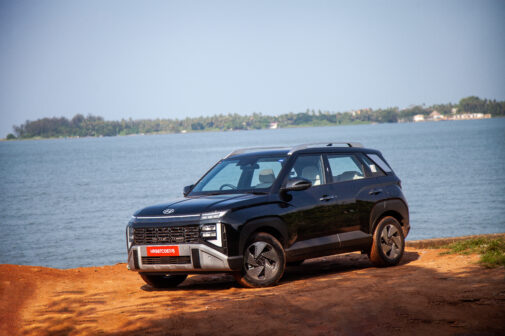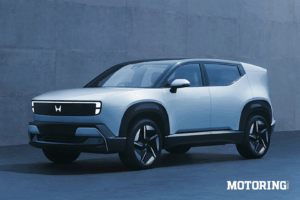Skoda Auto, the storied Czech carmaker, is acknowledging past missteps in the Indian market, and making some changes to its strategy. At a chat during a tour of Indian media to the Czech Republic, the firm’s CEO, Klaus Zellmer, said that their previous approach of ‘over-engineering’ cars for India resulted in higher price tags, and therefore a weaker competitive position.
Zellmer said that the key takeaway was understanding the middle ground between quality and the affordability that Indian car buyers place a lot of emphasis on. Skoda previously designed cars based on European expectations, leading to features that may not have been essential for the Indian market, as well as some features not being present at all. This resulted in higher costs that ultimately hurt their sales figures.
Skoda‘s new approach will focus on delivering vehicles that are competitively priced, while maintaining the brand’s reputation for quality. They aim to achieve this with:
Cost reduction: The company plans to reduce production costs through strategic sourcing and increased localisation of parts.
MQB-A0-IN platform: The India-specific MQB-A0-IN platform allows for the use of fuel-efficient engines and advanced safety features that meet India’s stricter regulations.
Focus on driving dynamics and safety: While offering competitive pricing, Skoda says it won’t compromise on the overall driving experience, fit and finish, sustainability, and safety features.
Finding a local partner: Zellmer said that the firm is in talks with various potential Indian partners, and wants to find one that is fully in tune with the needs of the Indian automotive market.
The centrepiece of Skoda’s new strategy is of course its upcoming sub-4 metre SUV, which we were given the opportunity to see at its design centre in the Czech Republic, in production-ready form. This compact SUV will be:
Highly localised: Skoda claims a localisation level of 75-76 per cent, significantly reducing production costs. The savings will be passed on to customers through competitive pricing.
Manufactured in India: Production will take place at the existing Pune plant alongside the Kushaq and Slavia models. This facility has a capacity of 270,000 cars per year (for both Skoda and VW), allowing Skoda to meet both domestic and export demand.
Export potential: Skoda aims to expand its export base to cover Southeast Asia, West Asia, the Commonwealth of Independent States (CIS), and North Africa.
While acknowledging the need for change, Zellmer is confident about Skoda’s future in India. He pointed to the success of its ‘2.0’ products, the Kushaq and Slavia, as a positive foundation for its new strategy, and also pointed out that the firm is bullish on EVs. ‘With EV penetration expected to grow between 15 to 30 per cent, our global strategy is to offer customers the best of both worlds, with a choice of electric or highly efficient combustion powertrains’ he signed off.




















